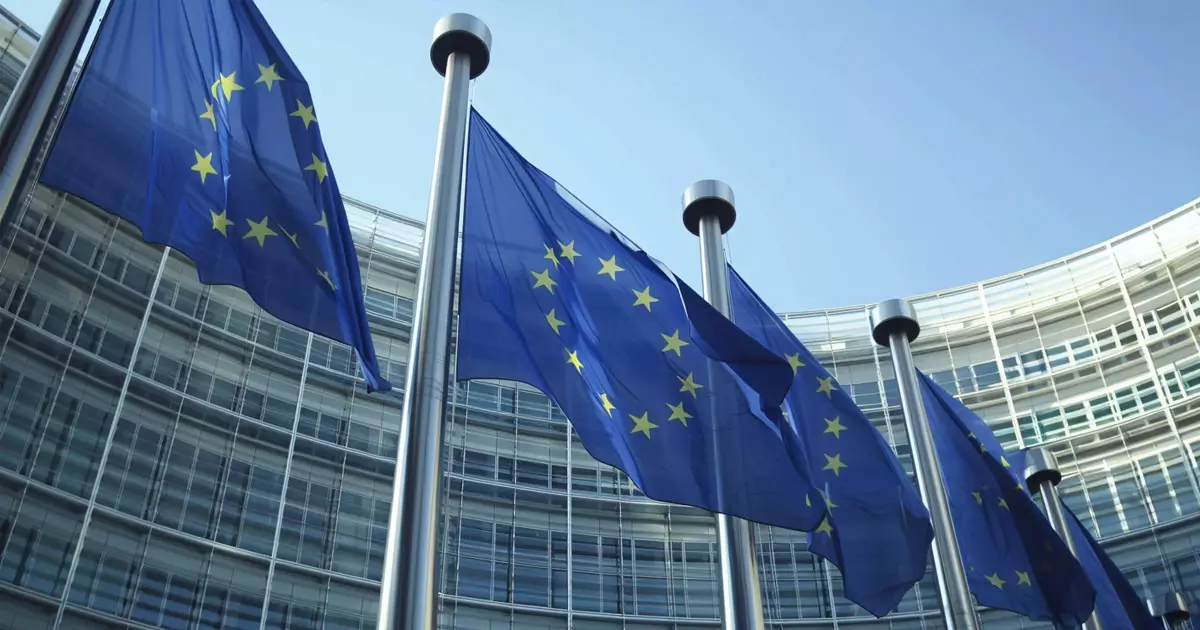Since its rollout in 2020, the European Union’s Markets in Crypto-Assets (MiCA) regulation has taken center stage, redefining the narrative around Europe’s role in the global crypto industry. Historically seen as a secondary player compared to the United States and Asia, Europe is now positioning itself as a leader in blockchain innovation. MiCA not only sets regulatory standards but also provides a framework that encourages creativity and compliance among industry players, leading to enhanced products and services.
While the potential benefits of MiCA are immense, it is not without challenges. Recently, Coinbase announced its decision to delist stablecoins from unauthorized providers by the end of 2024, a move aimed at achieving compliance with MiCA. This decision directly impacts well-known stablecoins, including USDT, the largest by market capitalization. In response, Tether hinted at a forthcoming “technology-based solution” designed to tackle compliance issues. This ambiguous yet critical announcement underscores a pivotal moment for crypto firms: the opportunity to innovate and adapt their offerings. As the regulatory clock ticks down, MiCA sets the stage for a transformative shift in Europe’s crypto industry.
The relationship between emerging technologies and regulatory frameworks has often been contentious. Adapting to rapid changes in the crypto landscape can be daunting; effective regulation requires collaboration with the industry. The parallels between MiCA and the General Data Protection Regulation (GDPR) of 2016 are striking. GDPR established a global benchmark for data privacy, compelling companies worldwide to adhere to stringent European standards or risk severe penalties. Although initial skepticism surrounded GDPR, it has become a foundational standard for data protection globally. MiCA seeks to achieve a similar outcome within the realm of crypto-assets.
The implications of MiCA are profound. The new regulatory framework promises to create a more cohesive landscape for compliant stablecoins, thus addressing the existing disconnect stemming from varying regulations across different EU member states. The rise of compliance-driven initiatives could serve to unify the fragmented crypto market, potentially driving up participation from industries previously hesitant to engage in cryptocurrencies.
Regulation and consumer protection are standard features of the financial landscape. However, the decentralized nature of cryptocurrencies has generally evaded stringent oversight. MiCA stands as one of the most comprehensive attempts to regulate digital assets to date, tackling a host of issues that have long plagued the industry: crime, misinformation, and unscrupulous actors.
Under MiCA, crypto providers are mandated to transparently communicate risks associated with their assets, including susceptibility to scams and market volatility. Furthermore, the framework promotes sustainability by requiring firms to disclose the environmental impact of their operations. The drive toward transparency and eco-friendliness presents a dual opportunity: enhancing consumer trust while addressing ecological concerns.
One noteworthy aspect of MiCA is its requirement for stablecoin issuers to fully disclose their reserves. This obligation represents a significant milestone for the market, where past incidents of opacity and solvency challenges have raised flags. By regulating the practices of stablecoin providers, MiCA is poised to ensure that these critical questions are not only asked but answered, thereby increasing overall market confidence.
A Catalyst for Innovation and Competition
Tether’s upcoming “technology-driven approach” highlights an essential point: compliance is no longer merely an obligation but a driving force behind innovation. Historically, stablecoin providers had the potential to lead in innovation, but the absence of regulatory pressure limited their impetus to do so. In contrast, Circle, the second-largest stablecoin provider, has already embraced the MiCA framework by successfully acquiring a French e-money license in July 2024. Circle’s commitment to compliance and robust KYC and AML policies has set a benchmark in the industry, illustrating the positive impact of regulatory guidance.
This emerging dynamic suggests that a more stable and rigorously regulated industry could attract traditional businesses to crypto services, opening doors to increased investment, talent acquisition, and broader participation across various sectors. The MiCA regulation may serve as a catalyst for economic growth and technological advancements within Europe, making the continent a nexus for crypto innovation.
As MiCA shapes the future landscape of regulation not only in Europe but potentially worldwide, it stands to influence how other regions approach their regulatory frameworks. The clarity and depth of MiCA contrast sharply with the more fragmented regulatory environment in the U.S., providing a valuable model for crypto firms to build confidence in their operations.
If MiCA proves successful, other jurisdictions may well look to adapt its principles, establishing consistent frameworks that foster innovation while safeguarding consumer interests. The future of crypto regulation is evolving, and as MiCA approaches its full implementation by 2026, it holds the promise of a safer and more sustainable ecosystem not just in Europe, but across the globe.
Ultimately, MiCA represents a pivotal step toward a more trustworthy and resilient crypto industry, setting the stage for an era of growth and innovation fueled by responsible regulation.

